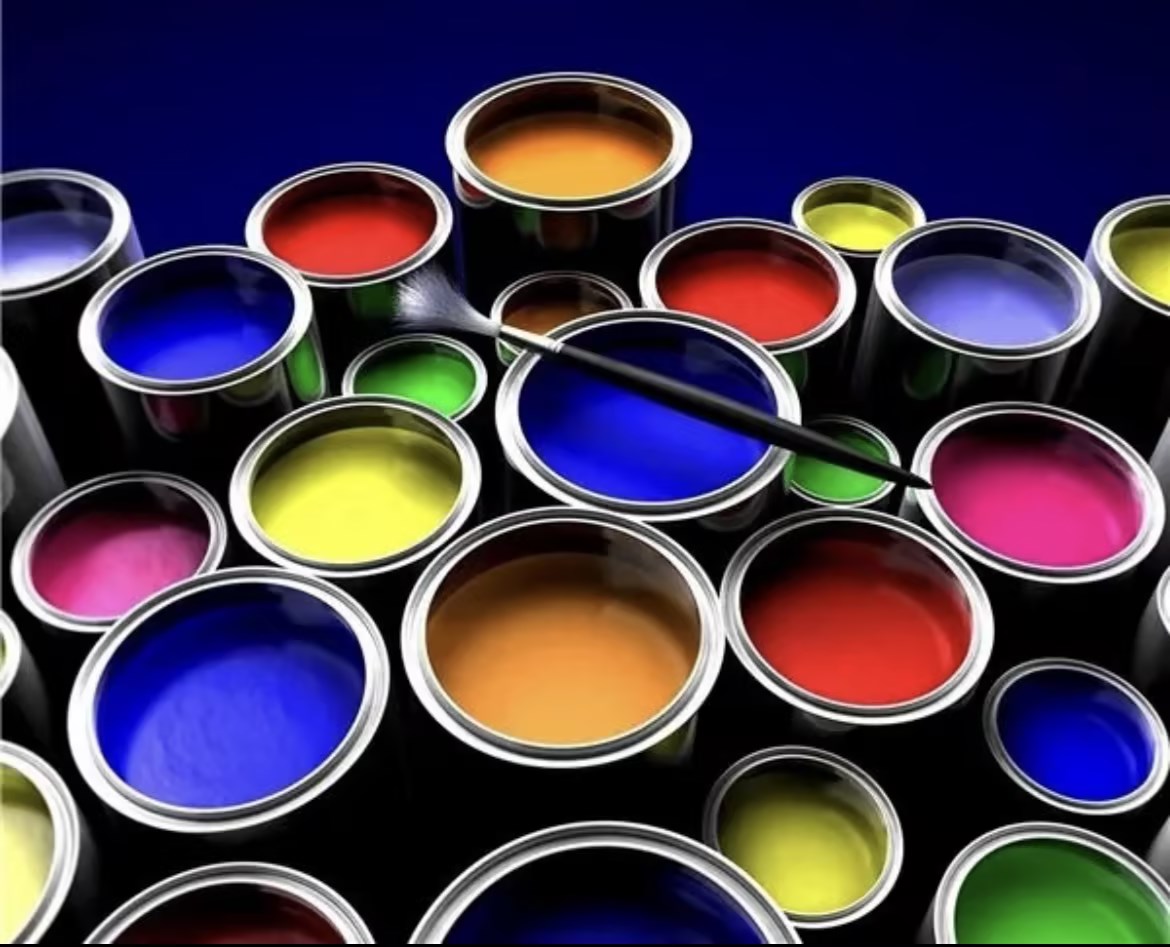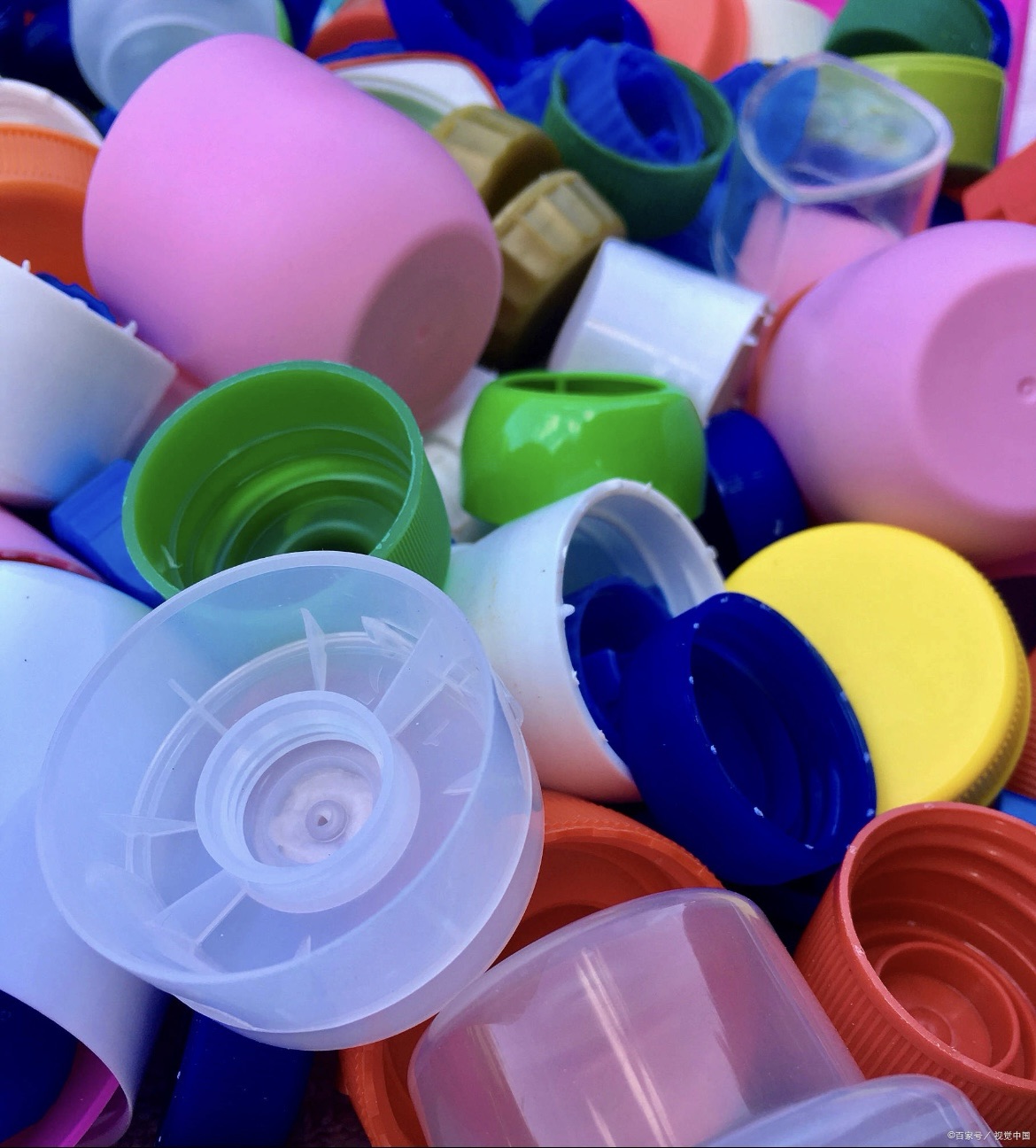On the stage of materials science, hydrophobic silica has become an indispensable "hydrophobic guardian" in the industrial field due to its unique hydrophobicity and multifunctionality. Although this material may sound somewhat specialized, its applications are extensive and far-reaching, from coatings to food, from plastics to electronics, and hydrophobic silica plays an important role.
Product series link:
https://www.iotasilica.com/productcategory-hydrophobic-fumed-silica.html
What is hydrophobic silica?
Hydrophobic silica is a type of silica material that has undergone special chemical treatment and exhibits high hydrophobicity. It is usually prepared by a chemical reaction between hydrophilic silica and active silane (such as hexamethyldisilazane or dimethyldichlorosilane). This treatment covers the surface of hydrophobic silica with hydrophobic groups, making it less prone to wetting when in contact with water and even able to float on the water surface.
Characteristics of hydrophobic silica
Hydrophobicity: The core characteristic of hydrophobic silica is its ability to repel water. This characteristic makes it excellent in terms of waterproofing, moisture resistance, and corrosion resistance.
Low moisture absorption: Due to its hydrophobicity, hydrophobic silica is not easily able to absorb moisture in humid environments, making it very useful in environments where it needs to be kept dry.
High specific surface area: Hydrophobic silica has a large specific surface area, which allows it to provide more active surface sites and thus has strong adsorption capacity.
Good dispersibility: Hydrophobic silica has good dispersibility in organic solvents, which enables it to be evenly distributed in materials such as coatings, inks, and plastics.
Thermal stability: Hydrophobic silica has good thermal stability at high temperatures and can maintain its properties in high-temperature environments.
Application of hydrophobic silica
1. Coatings and inks
Hydrophobic silica is widely used in coatings and inks, which can improve the water resistance and weather resistance of coatings, as well as improve the leveling and gloss of coatings. The addition of this material can significantly improve the service life and performance of the coating.

2. Plastic and rubber
In plastic and rubber products, hydrophobic silica can be used as a filler and reinforcing agent to improve the mechanical properties and wear resistance of the material. It can also improve the processing performance of plastics, making them easier to handle during the molding process.

3. Food industry
Hydrophobic silica is used as an anti caking agent and flow aid in the food industry, which can effectively prevent food clumping and adhesion, improve food processing efficiency and quality. It is also used in food packaging materials to improve the waterproof and moisture-proof properties of the packaging.

4. Electronic industry
Hydrophobic silica also has important applications in the electronics industry, as it is used to manufacture insulation materials and semiconductor devices, which can improve the electrical insulation performance and thermal stability of materials.

5. Environmental governance
The high adsorption capacity of hydrophobic silica makes it widely used in environmental treatment. It can be used for wastewater treatment and gas adsorption, effectively removing heavy metal ions in water and harmful gases in the air.
Preparation of hydrophobic silica
The preparation methods of hydrophobic silica mainly include gas phase method and gel method. The gas-phase method involves the reaction of silicon and oxygen sources at high temperatures to produce gas-phase silica, which is then treated chemically to make it hydrophobic. The gel rule is to form silica gel through hydrolysis and polymerization in solution, and then obtain hydrophobic silica through drying and heat treatment.
Future prospects
With the continuous advancement of technology, the application prospects of hydrophobic silica will become even broader. Future research directions include further improving its hydrophobicity, dispersibility, and functionality, and expanding its applications in high-end fields such as biomedicine and new energy. Meanwhile, with the increasing awareness of environmental protection, the green synthesis and sustainable development of hydrophobic silica will also become an important research direction.
In summary, hydrophobic silica plays an important role in the industrial field due to its unique hydrophobicity, high specific surface area, and good dispersibility. It not only provides high-performance solutions for modern industry, but also contributes significantly to environmental protection and sustainable development.



